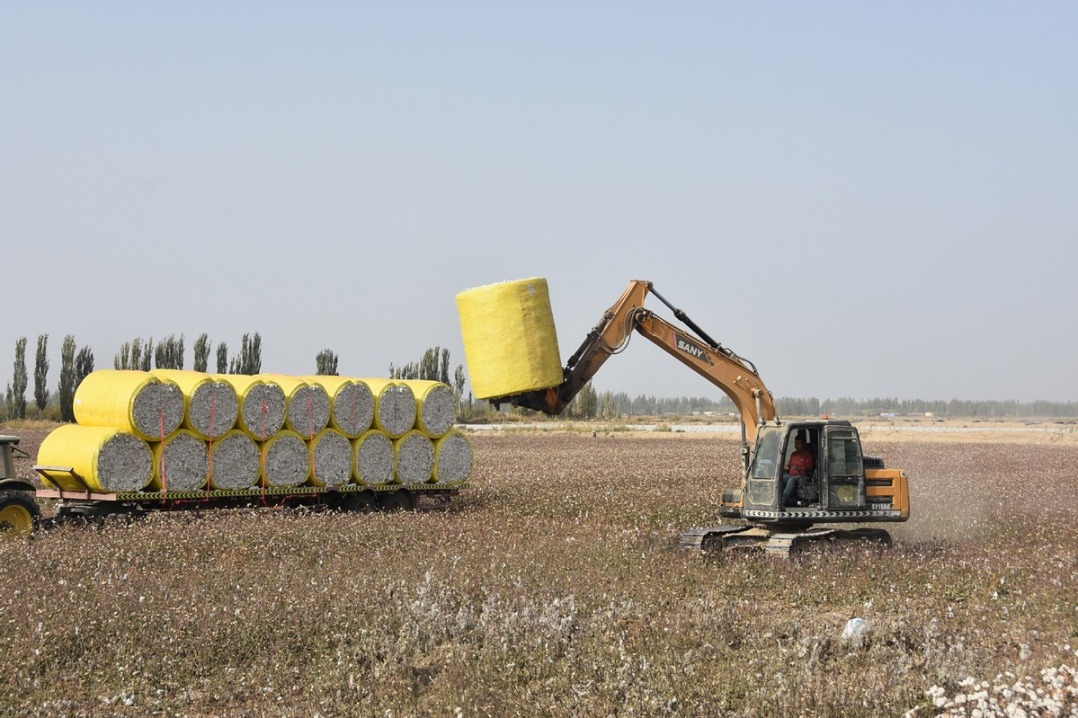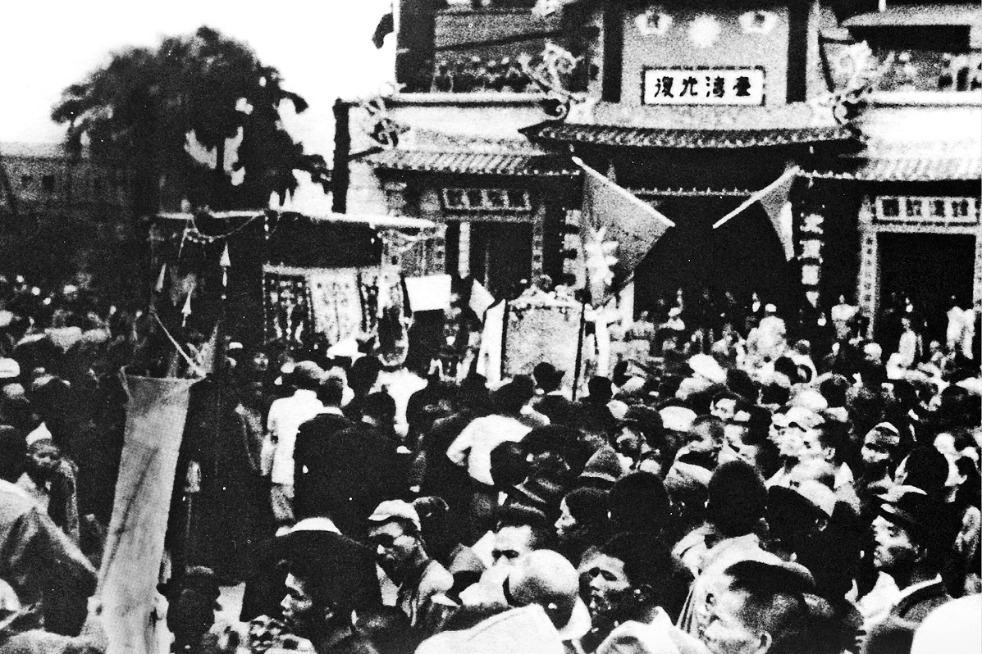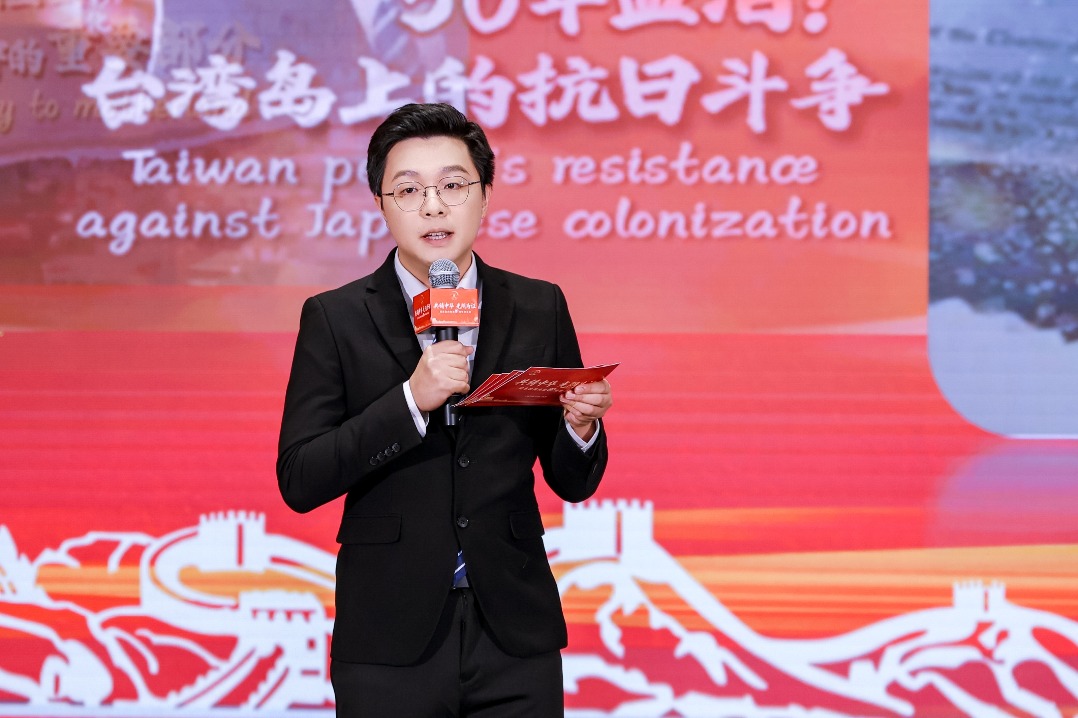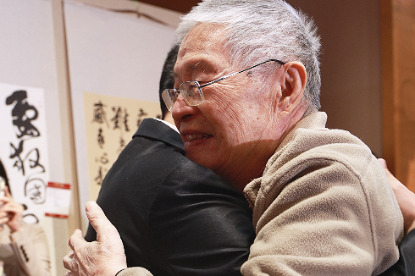University reopens wartime shelter

Few visitors to Chongqing University's main campus would have noticed a small rusty iron gate hidden in a hill behind the tennis court. The gate leads to a vast underground space that once sheltered thousands of students and scholars from bombings during the Chinese People's War of Resistance Against Japanese Aggression and the World Anti-Fascist War.
On Monday, the air-raid shelter was reopened to the public as a patriotism education base, featuring exhibitions on the university's wartime history and the shelter's role during that period. Built in 1937 and covering more than 14,000 square meters, it is among the earliest and largest shelters constructed by Chinese universities.
"During the war, the air-raid shelter became an important place to protect teachers, students and neighbors. They not only continued to study and conduct research, but also helped resume some industrial production there," said Wang Shuxin, Party chief of Chongqing University, at the launch ceremony. "This shelter is a tangible witness to the patriotic spirit and perseverance of the people during the war, which always inspires us today."
Founded in 1929, Chongqing University — now one of China's top universities — endured six bombings between 1939 and 1941, when Japanese forces carried out a relentless bombing campaign against Chongqing, which was the wartime capital of China.
"We present the history of each bombing in detail not only to remember, but also to inspire today's students to study hard and contribute to building a strong country," said Yang Xinya, deputy director of the university's publicity department.
Data from the Chongqing War of Resistance Casualty Register shows that the city suffered nearly 10,000 air raids, with more than 18,000 bombs dropped, resulting in over 32,000 direct deaths and injuries. More than 17,000 buildings were destroyed.
After each attack, Chongqing University students and teachers quickly resumed their studies and research in the shelter.
Former university president Ye Yuanlong (1897-1967), who served from 1938 to 1941, once said: "The enemy's bombs destroyed our College of Science and College of Engineering, but they cannot destroy our spirit. We can hold classes in huts and study in air-raid shelters. We must work harder in our research and more diligently to provide a powerful response to the enemy with our actions."
Yang added, "The shelter is also a witness to many students' devotion to the country during the war."
According to university records, from November 1943 to January 1944, 126 students from Chongqing University joined the army. Among them were Hou Ziqin, a student in the sports department who became a hero of the Chinese Air Force, and He Qichen, a member of the Flying Tigers — officially known as the American Volunteer Group of the Chinese Air Force — formed in 1941 by United States General Claire Lee Chennault to help China resist Japanese invasion.
"After learning the history of the bombing shelter, I am so proud and touched," said Yan Siyu, a freshman at Chongqing University. "We young students should carry on their fighting spirit and make greater contributions to society."





































